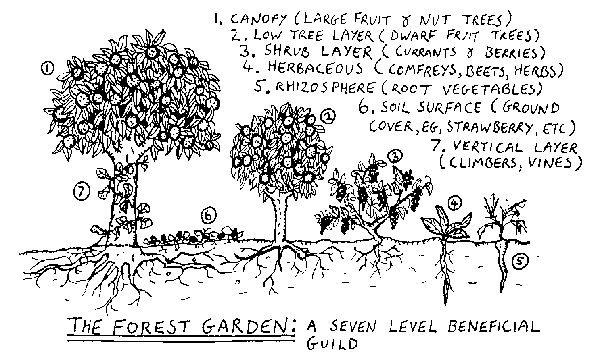I believe that a lot of this is relative to scale.
As an example, I grew up in a suburban home that had a lot just over 1/3 of an acre.
If you deduct the front
yard plus the house/garage/patio footage, the back yard was about half of it.
That would be sufficient to grow both annuals and perennials to
feed our family much of what is needed.
Most urban/suburban lots are nowhere near that size.
Somebody with a backyard 20' x 50' would be hard pressed to plant
enough perennials to really sustain a family with a varied diet. If you have 2 fruit
trees and 2 nut trees, your diet will be sorely short of a healthy diet. With even 1/2 acre growing space, there is plenty of space to provide a healthy diet for a family, but as the space gets smaller, so does the variety that can be grown there.
Many permies don't consider annuals as
permie crops (I am NOT one of them).
Annual crops can provide a wide variety of foods, and I believe that they
should play an important role - especially on smaller lots, where the perennials are limited by available space.
Partly due to growth habits, annuals & perennials usually have different maturity periods. Most perennials are ready for harvest in the autumn (asparagus being a major exception), while annuals ripen from late spring into early autumn. Mixing annuals with perennials greatly extends the harvest season of fresh foods. Wouldn't it be a bitch if
everything was ripe all at once?
Having
fresh produce to eat for an entire season is important to me. And, almost all of it can be preserved. I feel that any food garden that limits or excludes annuals is not a true permies garden.





 1
1








 2
2




 1
1








 More importantly, I think a diet of purely perennials would be kinda boring.
More importantly, I think a diet of purely perennials would be kinda boring. 
 3
3







